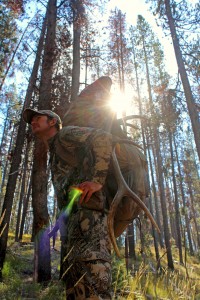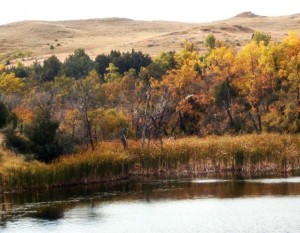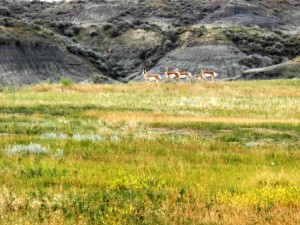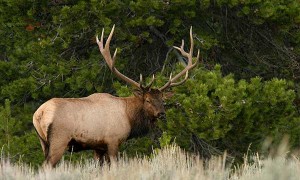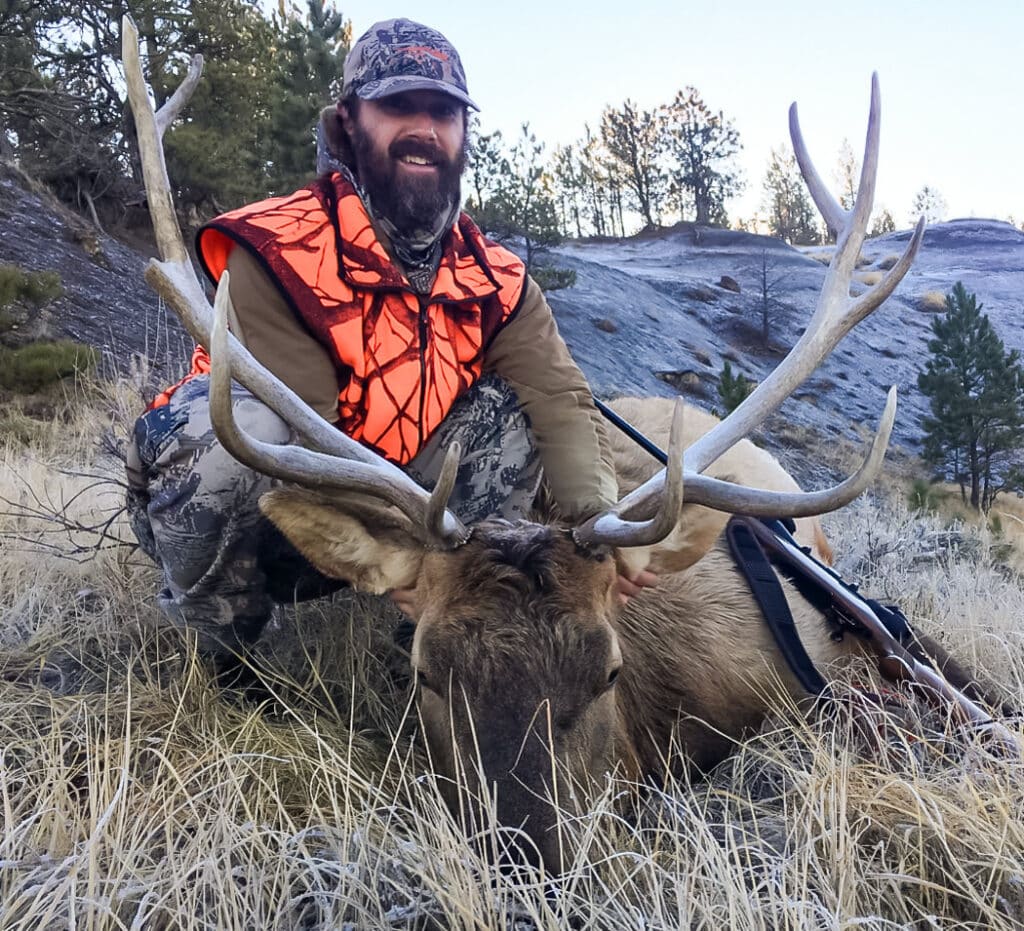Public lands leave a mark on one’s soul. I’ve laid on my back, feeling the dirt and grass cradle my tired body, and looked into an ever-expansive sky giving new meaning to the name, Big Sky Country. Hunters, hikers, birdwatchers, photographers, and anglers all gather on public lands like the Missouri River Breaks to experience these singular moments of clarity, to reconnect with their humanity, and to leave little more grounded than when they came.
And yet, our public lands are currently under the single greatest coordinated attack they have ever undergone. Earlier this year, Secretary Zinke unilaterally decided to review national monuments and since then, Secretary Zinke, Senator Daines, and Representative Gianforte have increased their efforts to remove permeant protection from legally designated public lands. These actions have largely come as top-down memorandums with little public input from the users of these lands.
We must remember that “Our duty to the whole…bids us restrain an unprincipled present-day minority from wasting the heritage of these unborn generations, ”Theodore Roosevelt. If we care about the future of our public lands, now is the time to remind our politicians that it is their duty to help us protect our public land legacy.
Visit www.holdourground.com and www.ourlandourlegacy.com to voice your support for our public lands.

